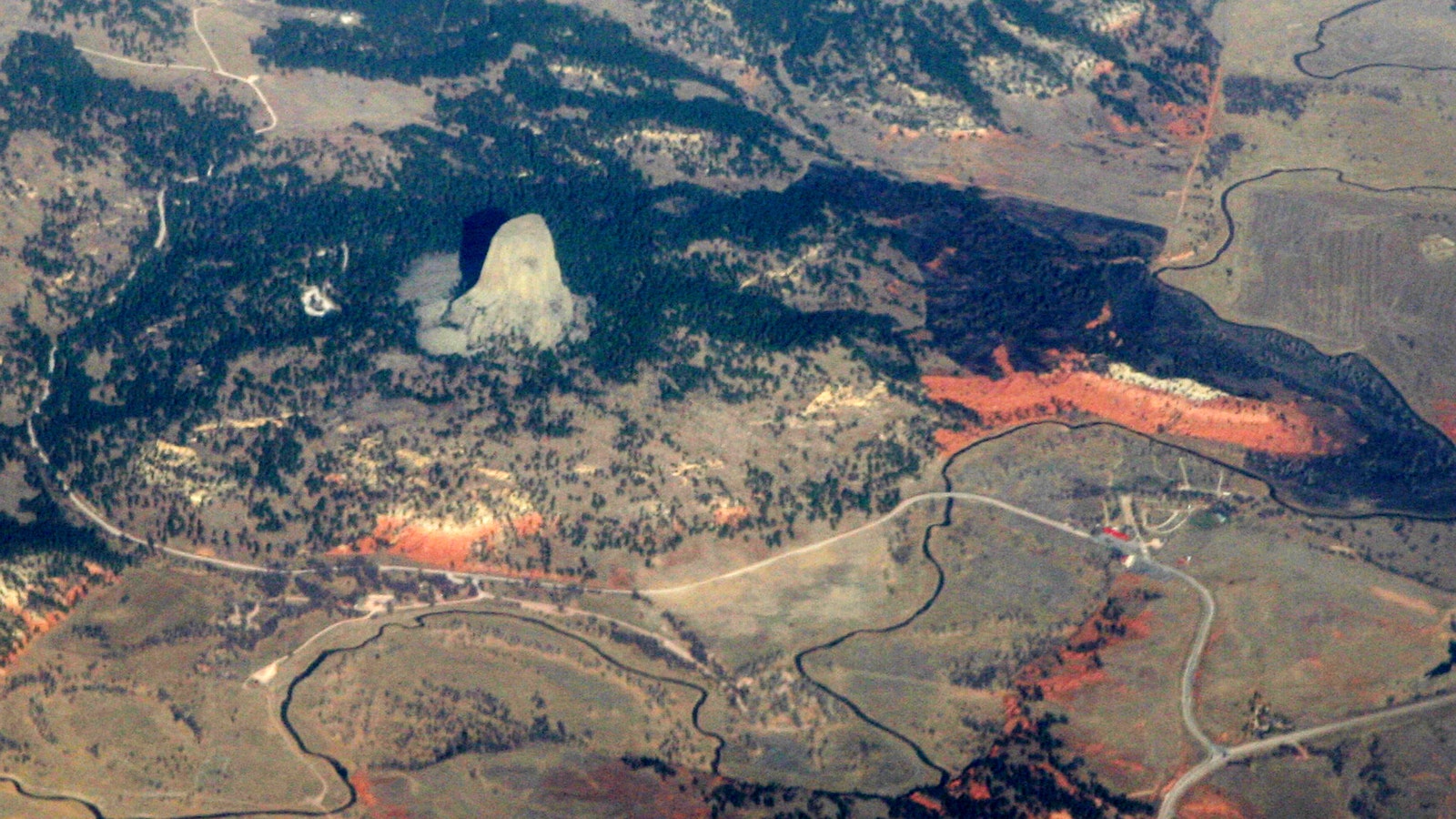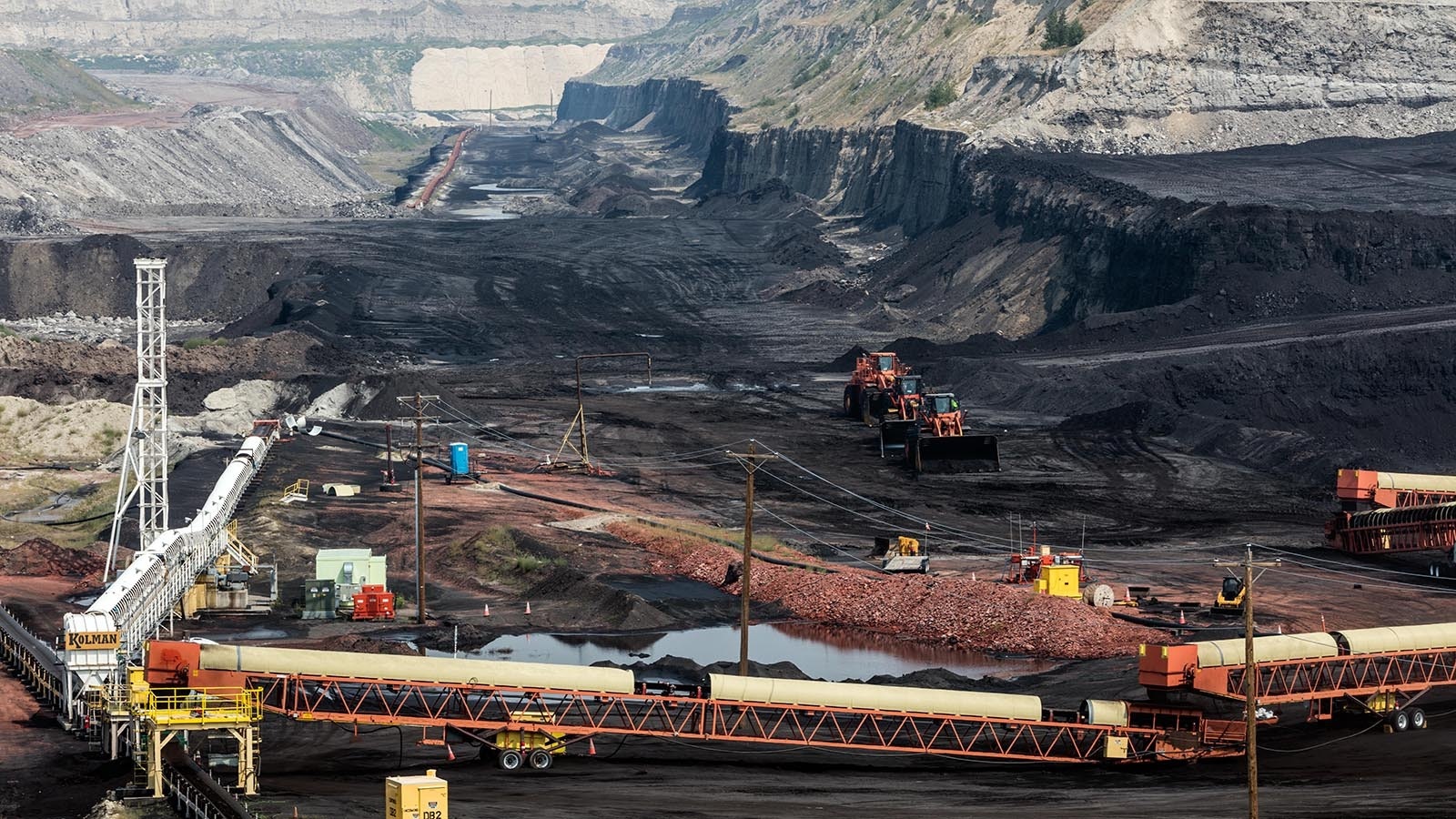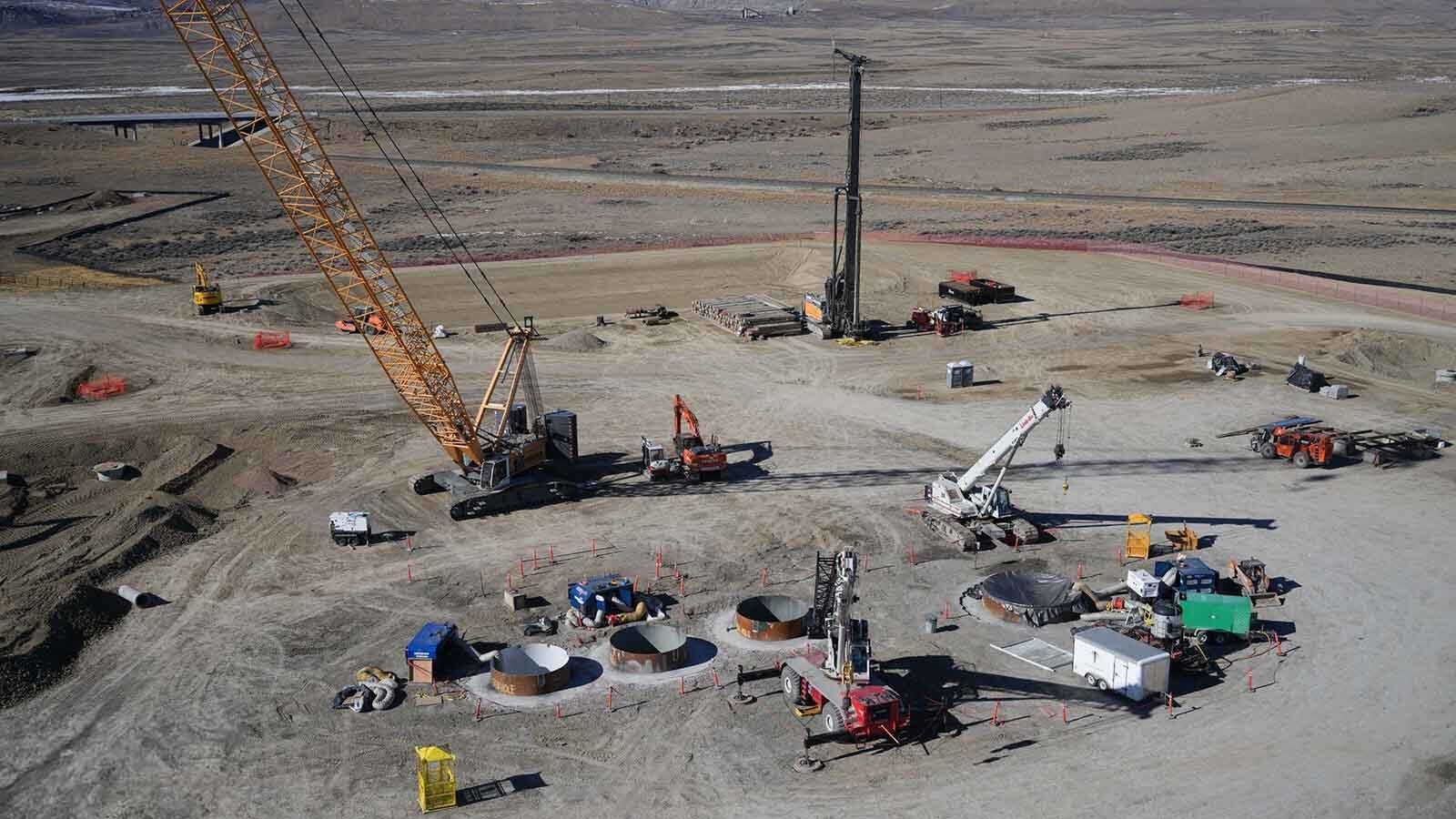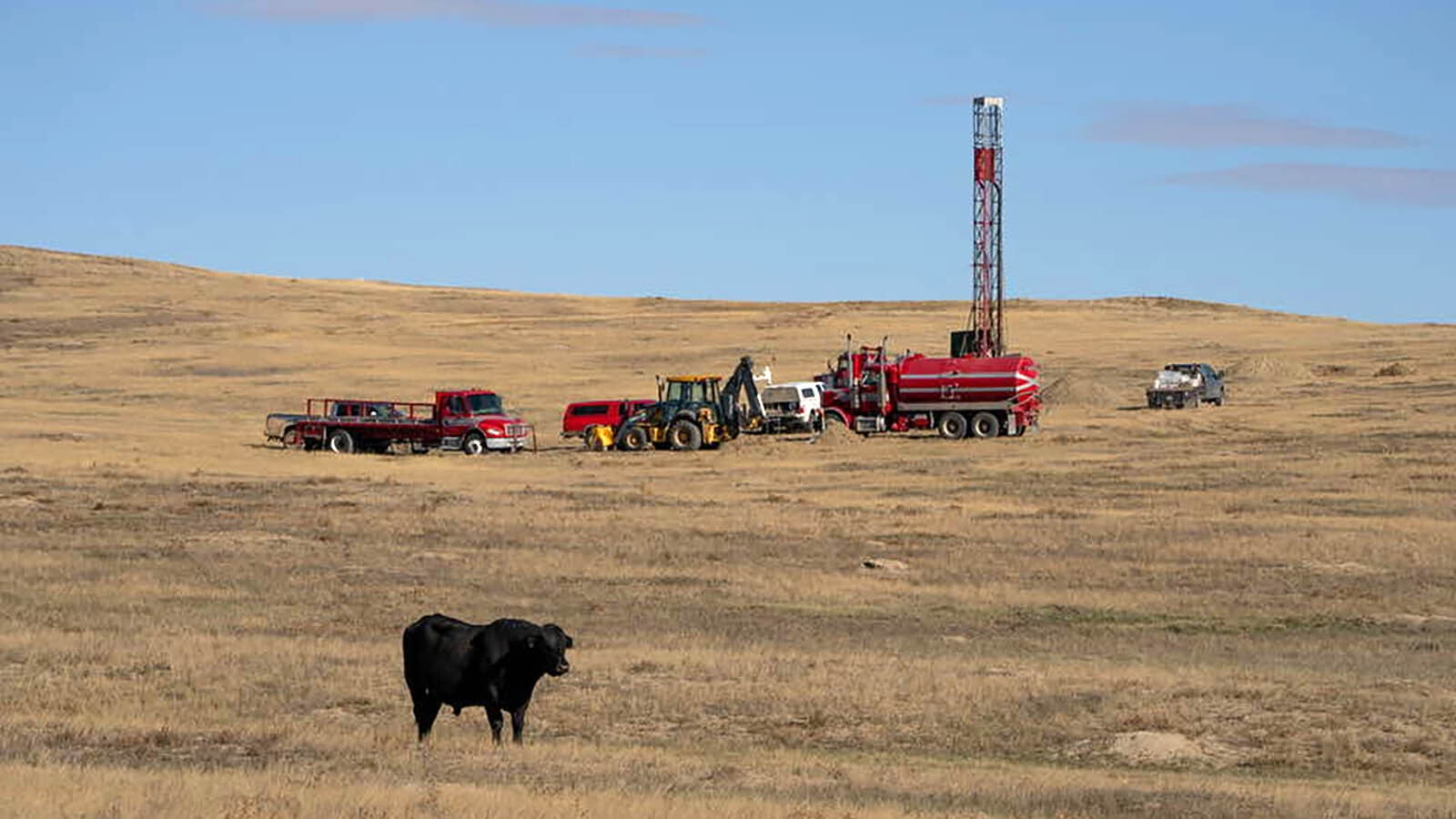As energy costs soar, the Biden administration continues to add new rules to oil and gas production. The Department of the Interior announced this week proposed rules to limit the amount of methane released from oil and gas operations on federal lands.
This year, primary energy expenditures will hit an all-time high of more than 13% of global gross domestic product, which is a measure of economic activity, according to an analysis by the consulting firm Thunder Said Energy.
Ryan McConnaughey, spokesperson for the Petroleum Association of Wyoming, said the new regulations are unnecessary and will be hardest on smaller producers in the state.
“With all of these federal mandates coming down, it’s really our small and medium-sized operators that are going to get hit the hardest,” he said. “They just don’t have the capital outlays to invest heavily in these new regulations.”
Proposed Provisions
The rules would require technological upgrades to detect and reduce methane leaks at well sites and place monthly limits on how much gas an operator can flare.
Companies also would be required to include in their applications for drilling permits plans to minimize waste and demonstrate a well site has the pipeline capacity to handle associated gas production. If the Bureau of Land Management decides the plan will not avoid excessive flaring, the agency can delay or deny the permit.
“That would create a lot of regulatory uncertainty for drilling operations and create significant investment risks for these companies, which would just make it less likely for companies to even invest in new drilling. That is exactly what the administration wants,” McConnaughey said.
The EPA is updating regulations to reduce methane pollution from oil and gas development across the country. The proposed BLM rule will apply specifically to oil and gas development on federal land.
Not Practical To Capture
Isaac Orr, policy fellow for energy and environmental policy at the Center of the American Experiment, explained that gas is flared because the infrastructure isn’t in place to collect the gas to sell on the market.
By flaring the methane, it converts it to carbon dioxide, which has less of an impact on climate change. It also burns off some of the volatile organic compounds that also have impacts on the environment.
There are a number of barriers to putting gathering pipeline infrastructure in place. In the West, the vast distances from processing facilities sometimes make it uneconomical to build the pipelines.
“Historically, the price of natural gas has not supported that level of investment from a market perspective,” Orr said. “And now we have more hurdles than we did previously to building that takeaway capacity that you need, whether that’s federal or state regulations that are preventing it.”
Regions Present Different Problems
In Eastern shale plays of Pennsylvania and Ohio, which are close to millions of consumers in New York, environmental regulation makes pipeline project permitting difficult and costly.
The Federal Energy Regulatory Commission also is proposing rules that would require pipeline developers to calculate the social cost of carbon into its environmental reviews, which will make pipeline projects more expensive.
“They’re really cooking a book here for the social cost of carbon in order to justify these regulations from a cost-benefit analysis. And it’s all baloney,” Orr said.
No More Drilling
President Joe Biden campaigned on a promise to end all oil production, and he’s taken many steps throughout his presidency to make good on that promise.
McConnaughey said the new flaring rules are just part of an overall effort to stop drilling on federal land by making it too expensive to do so.
The rules are “going to cost the industry tens of billions of dollars to implement, and the industry has already voluntarily invested significant resources into methane reduction technologies in recent years,” McConnaughey said.
In a statement on the proposed rules, the BLM said that total venting and flaring by federal and Indian onshore lessees between 2010 and 2020 increased from the previous decade by more than 33 billion cubic feet per year.
But the revolution in hydraulic fracturing between 2010 and 2020 more than doubled American oil production over the previous decade. Total methane emissions in that time rose from 628.18 million tons of carbon dioxide-equivalents to 745.24 million tons — about a 16% increase.





